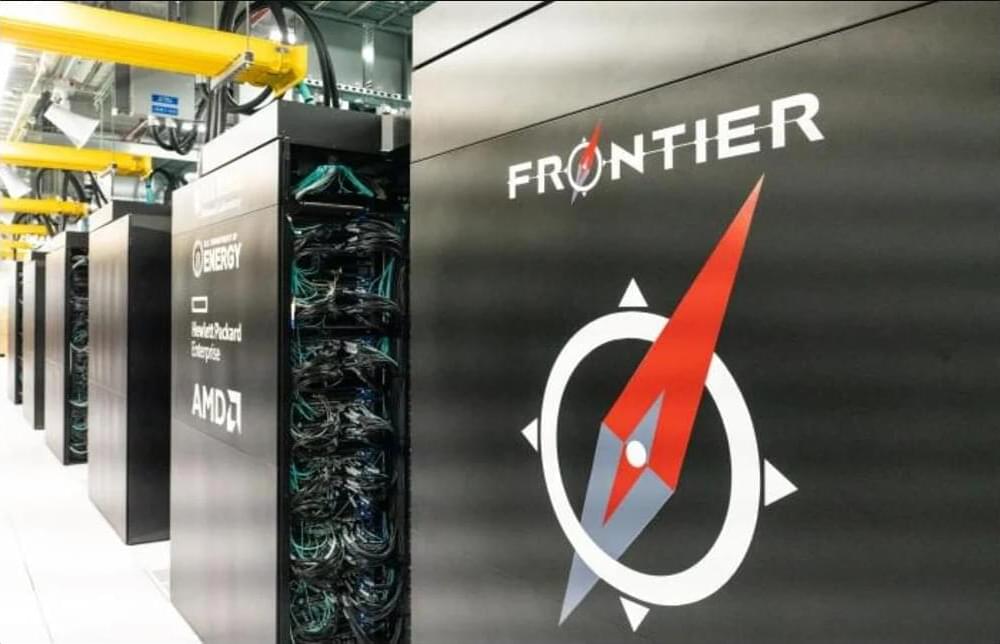Universal basic income, or UBI, has been floated as a potential solution for the coming AI revolution. But experts warn it’s far from a perfect fix
Get the latest international news and world events from around the world.
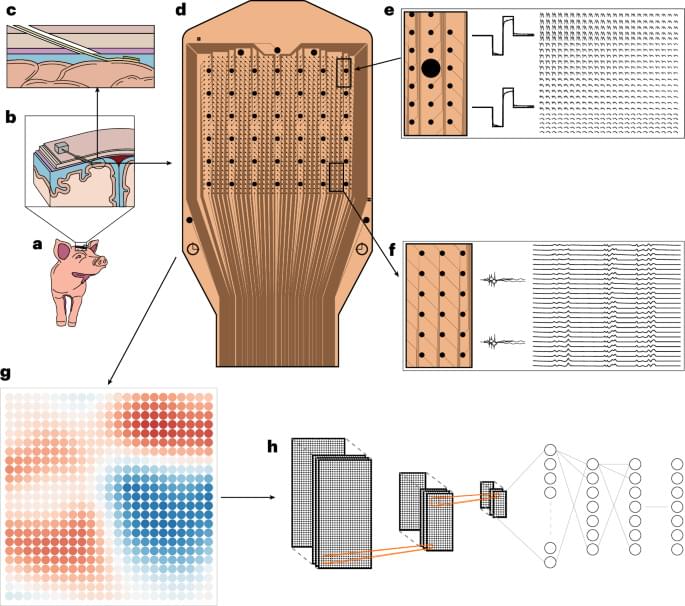
Minimally invasive implantation of scalable high-density cortical microelectrode arrays for multimodal neural decoding and stimulation
To elicit VEPs, the eyelid corresponding to the stimulated retina was retracted temporarily while periodic 50 ms flashes were generated at 1 Hz from an array of white light-emitting diodes (LEDs). Neural response waveforms were temporally aligned to the stimulus onset. VEPs were calculated as the time-aligned averaged signals over 150 trials.
Electrical stimulation at the cortical surface was applied at one of the 200 µm electrodes, controlled by the Intan Technologies RHS controller and RHX software. Charge-balanced, biphasic, cathodic-first, 200 µs pulses of 100 µA peak current were delivered at 0.25 Hz. The evoked potentials were recorded over a series of trials. During analysis, for each trial and electrode, the Hjorth ‘activity’ of each trial was computed as the variance of the signal from 200 ms to 2,000 ms post-stimulation, and the average activity was taken over 40 trials.
A 1,024-channel array was placed over the sensorimotor cortex on each hemisphere following carefully sized bilateral craniectomies. Two Intan 1,024-channel RHD controllers were used to record from both arrays simultaneously.

Cracking a long-standing weakness in a classic algorithm for programming reconfigurable chips
Researchers from EPFL, AMD, and the University of Novi Sad have uncovered a long-standing inefficiency in the algorithm that programs millions of reconfigurable chips used worldwide, a discovery that could reshape how future generations of these are designed and programmed.
Many industries, including telecoms, automotive, aerospace and particle physics rely on a special breed of chip called the Field-Programmable Gate Array (FPGA). Unlike traditional chips, FPGAs can be reconfigured almost endlessly, making them invaluable in fast-moving fields where designing a custom chip would take years and cost a fortune. But this flexibility comes with a catch: FPGA efficiency depends heavily on the software used to program them.
Since the late 1990s, an algorithm known as PathFinder has been the backbone of FPGA routing. Its job: connecting thousands of tiny circuit components without creating overlaps.
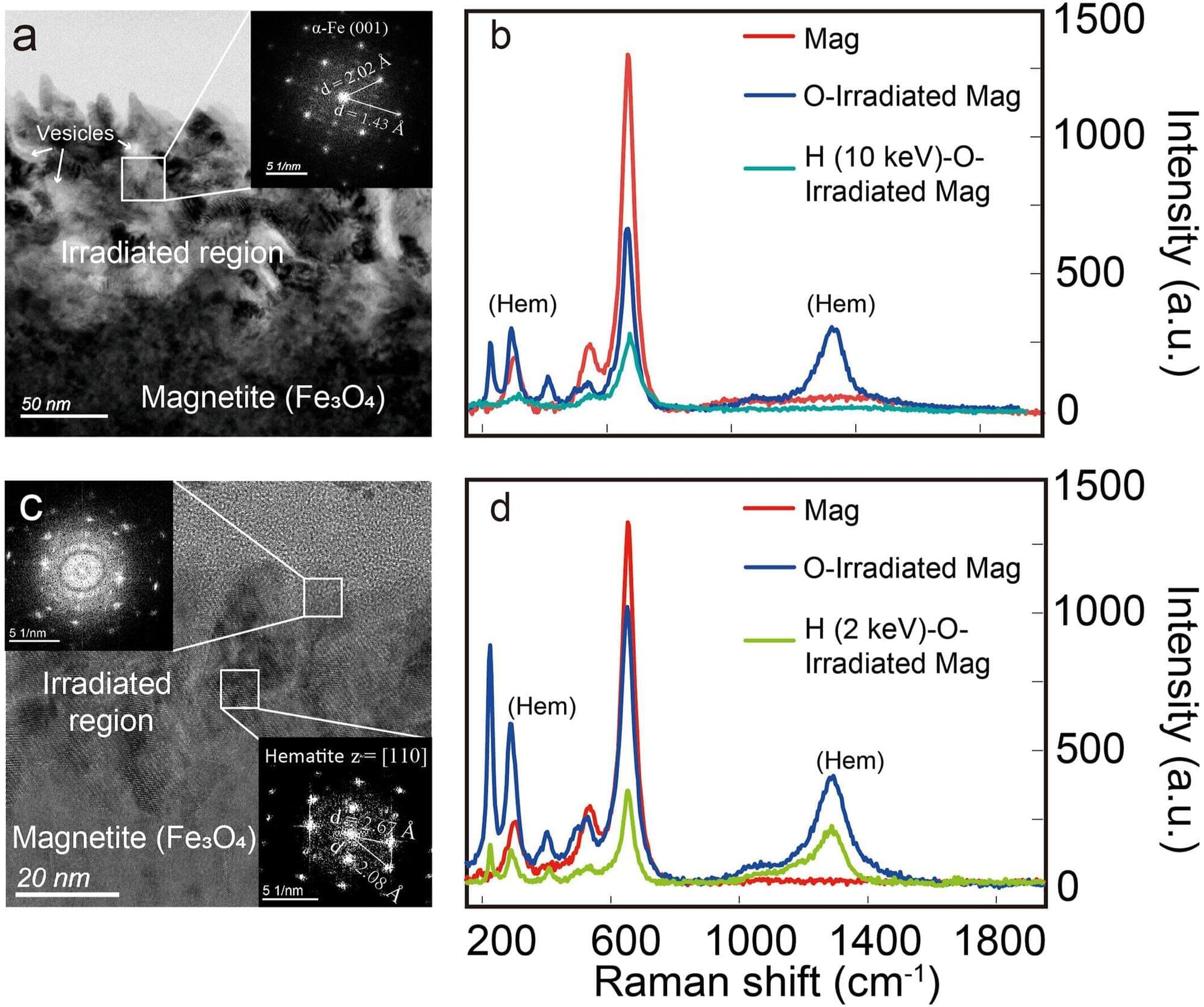
Mysterious moon rust explained by oxygen coming from Earth’s ‘wind’
In 2020, scientists reported the detection of hematite, an iron oxide mineral otherwise known as rust, distributed through the higher latitudes of the moon, particularly on the nearside. This came as a surprise, considering the low concentrations of oxygen—which is required for the formation of rust—on the moon. Researchers proposed several theories to account for the origins of the oxygen in moon rust, including the degassing of volatiles from lunar magma, asteroids, comets, or large impact events.
However, the only explanation that could account for the distribution patterns of the hematite was that oxygen ions were being transported to the moon by Earth’s magnetosphere. This occurs during the five or so days per month when Earth sits between the sun and moon, allowing parts of its atmosphere to be blown onto the surface of the moon. The phenomenon is referred to as “Earth wind.” At other times, the moon is primarily exposed to the low energy hydrogen ions from solar wind.
A group of scientists has recently provided more evidence backing up this theory. The study, published in Geophysical Research Letters, sought to test whether Earth wind could produce the hematite by setting up a series of lab experiments mimicking the conditions on the lunar surface. The team did this by irradiating various iron-bearing minerals found on the moon with oxygen and hydrogen at energies expected from particles in Earth wind, as well as hydrogen ions, like those from solar wind.
Lab-Grown Brains Powers the World’s First Bio-Computer 🧠
Discover the world’s first computer powered by human brain cells! In this groundbreaking video, we dive into the revolutionary Neuroplatform by FinalSpark, merging biology with technology. Witness how biocomputing is transforming the future of artificial intelligence and computing with unparalleled energy efficiency and processing power. Subscribe now to stay updated on cutting-edge tech that blurs the lines between science fiction and reality! 🧠💻
#Biocomputing #Neuroplatform #AI #FutureTech #Innovation #FinalSpark #BrainPoweredComputer.
Stay ahead in 2024: Unlock the future of AI, tech, and innovative businesses! 🚀 Subscribe for the latest insights and be part of a community that learns, grows, and leads the way in a tech-driven world. Discover, ignite and soar into tomorrow with Quantum Spark.

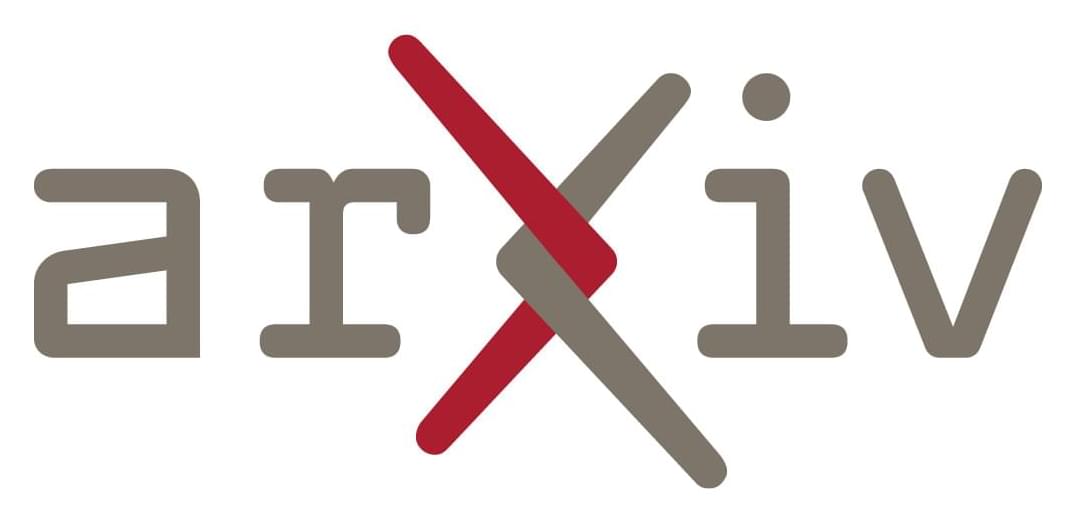
View a PDF of the paper titled Vision-Zero: Scalable VLM Self-Improvement via Strategic Gamified Self-Play, by Qinsi Wang and 8 other authors
Although reinforcement learning (RL) can effectively enhance the reasoning capabilities of vision-language models (VLMs), current methods remain heavily dependent on labor-intensive datasets that require extensive manual construction and verification, leading to extremely high training costs and consequently constraining the practical deployment of VLMs. To address this challenge, we propose Vision-Zero, a domain-agnostic framework enabling VLM self-improvement through competitive visual games generated from arbitrary image pairs. Specifically, Vision-Zero encompasses three main attributes: Strategic Self-Play Framework: Vision-Zero trains VLMs in “Who Is the Spy”-style games, where the models engage in strategic reasoning and actions across multiple roles. Through interactive gameplay, models autonomously generate their training data without human annotation. Gameplay from Arbitrary Images: Unlike existing gamified frameworks, Vision-Zero can generate games from arbitrary images, thereby enhancing the model’s reasoning ability across diverse domains and showing strong generalization to different tasks. We demonstrate this versatility using three distinct types of image datasets: CLEVR-based synthetic scenes, charts, and real-world images. Sustainable Performance Gain: We introduce Iterative Self-Play Policy Optimization (Iterative-SPO), a novel training algorithm that alternates between Self-Play and reinforcement learning with verifiable rewards (RLVR), mitigating the performance plateau often seen in self-play-only training and achieving sustained long-term improvements. Despite using label-free data, Vision-Zero achieves state-of-the-art performance on reasoning, chart question answering, and vision-centric understanding tasks, surpassing other annotation-based methods. Models and code has been released at https://github.com/wangqinsi1/Vision-Zero.
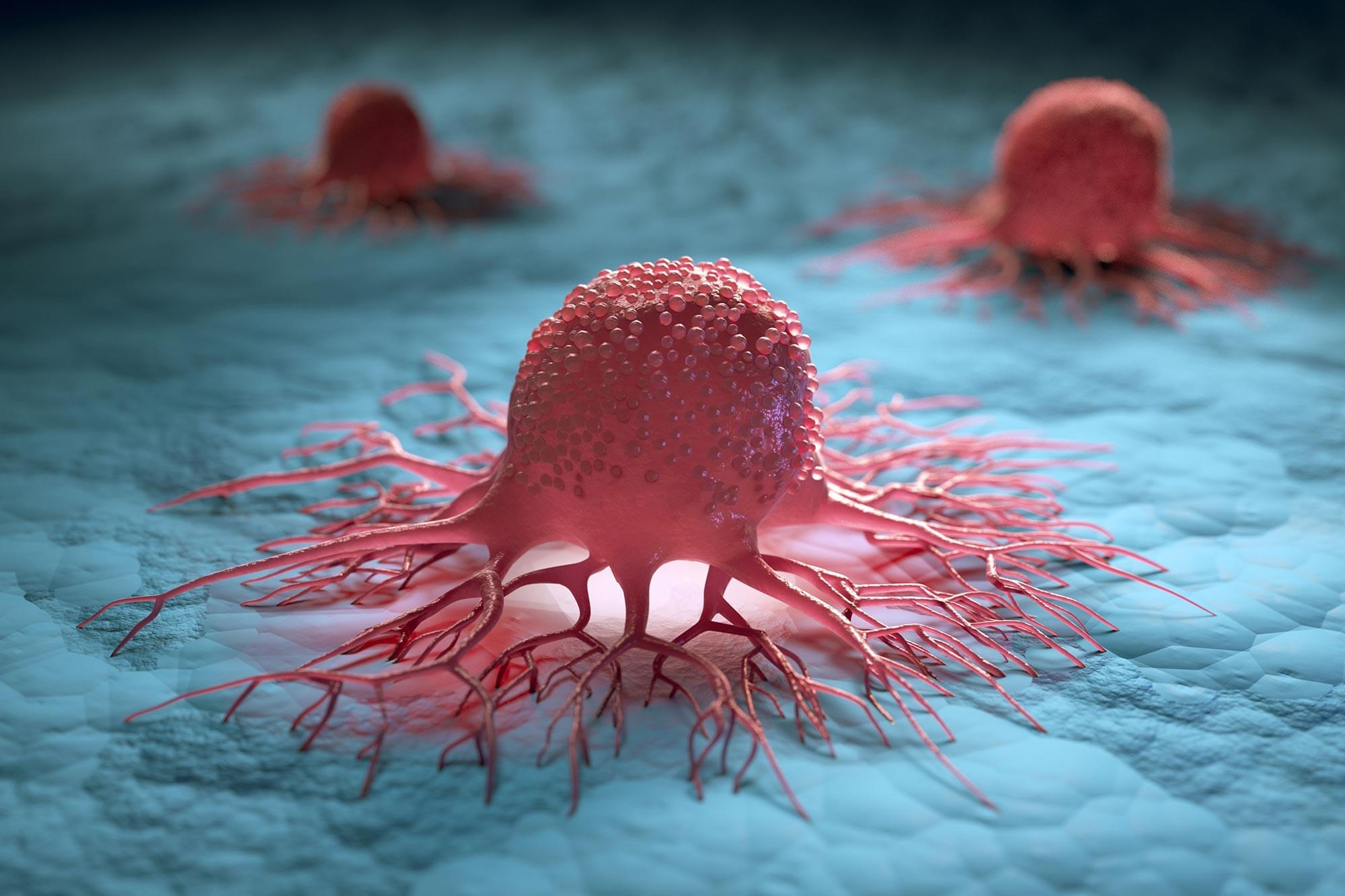
Scientists Discover Cancer’s “Power-Up” — and a New Way To Switch It Off
The discovery of a defensive mechanism could help stop cancer before it spreads. Cancer cells rapidly increase their energy output when physically squeezed, according to a study in Nature Communications. This immediate burst of energy is the first documented defensive response that helps cells repair DNA damage and endure the crowded conditions inside the human body.
